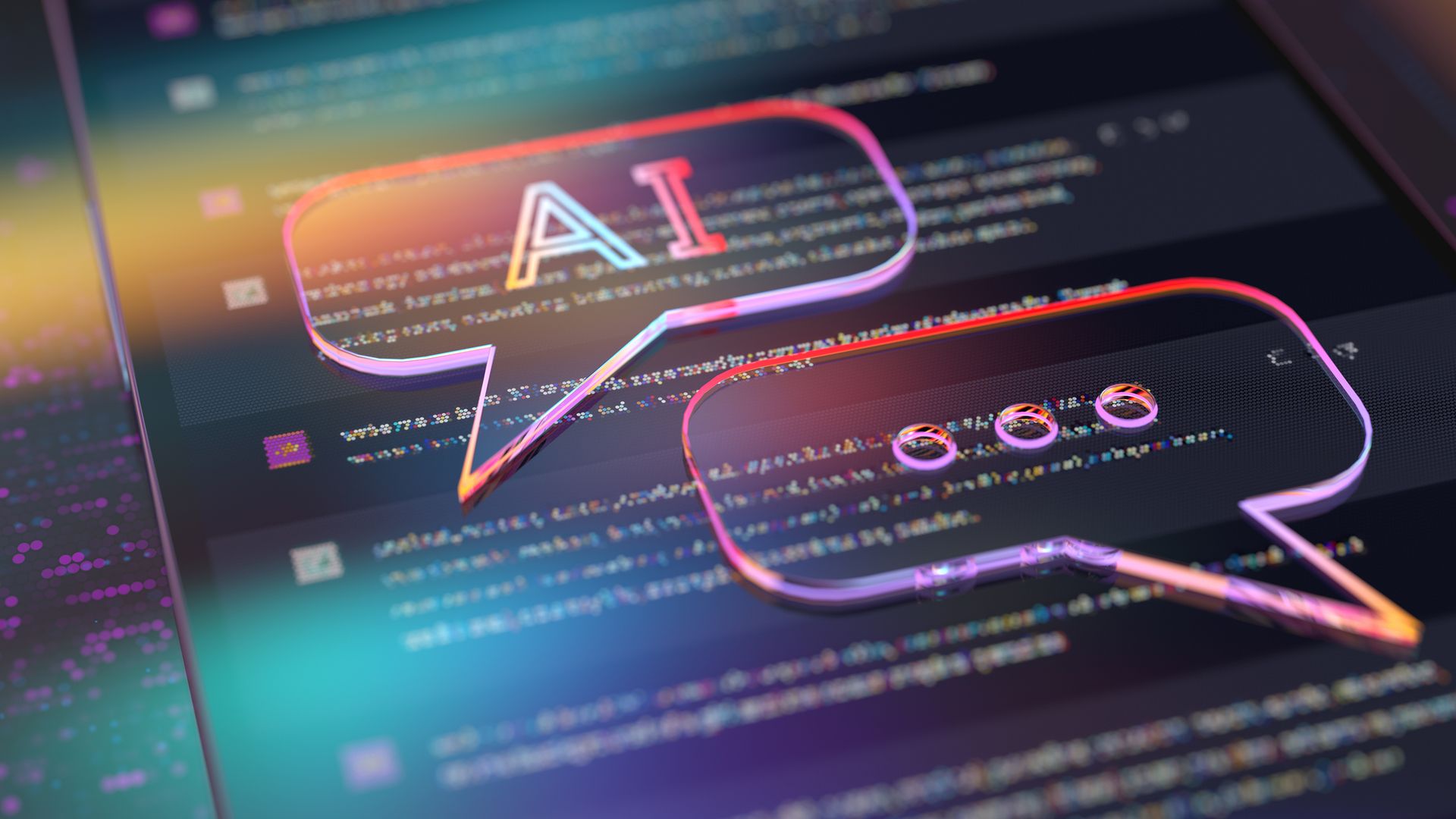In the ever-evolving world of software development, artificial intelligence (AI) has emerged as a transformative force. AI-powered development tools have the ability to enhance productivity, automate routine tasks, and provide insightful recommendations, thereby allowing developers to focus on more strategic aspects of their work.
However, as the old adage goes, there are two sides to every coin. While AI tools offer immense benefits, they also introduce potential security risks that should not be overlooked. Developers must understand the benefits and security risks of the AI tools they use so they don't inadvertently introduce a security vulnerability into their organization.
The Benefits of Leveraging AI Tools for Software Development
The primary advantage of AI tools lies in their ability to enhance the general workflow of developers. Just as autocomplete features in email clients assist in sentence completion, AI tools offer similar functionalities in the coding environment. They can interpret a developer's intent based on the context and provide relevant suggestions that the developer can choose to accept or tweak.
Moreover, these tools can significantly reduce context switching, a common productivity drain. Often, developers have to toggle between a web browser and the Integrated Development Environment (IDE) to look up syntax or function details. By providing autocomplete information and full examples within the coding environment, AI tools effectively minimize the need to switch between different platforms.
Equally important, AI development tools lower the barrier of entry for junior developers—providing those less-experienced with the tacit knowledge of their more experienced counterparts. For junior developers, who are typically tasked with turning specifications into code, AI tools allow them to focus on higher-level analysis—accelerating their learning curve and helping them become more proficient coders.
All this being said, the sophistication of software development still necessitates human insight and expertise. AI tools are designed to assist developers with handling lower-level tasks and routine activities, freeing up time to focus on the more complex aspects of coding. This includes translating business requirements into code and managing the interplay of different components to ensure a seamless and efficient system.
4 Ways the Use of AI Development Tools Could Cause a Security Incident
Despite the myriad of benefits, AI tools can introduce several potential security risks.
Below are four examples of how the use of AI development tools could lead to a security incident:
- Blindly accepting code generated by AI tools: Although auto-generated code is convenient, AI tools, like any technology, are prone to basic mistakes. What’s more, AI-generated code may not adhere to secure coding standards and best practices. Further, it may introduce vulnerabilities, potentially leading to security risks in your applications.
- Lack of understanding of business logic: While an AI tool might generate code that technically works, it’s not sophisticated enough to fully comprehend the intricacies of an application's business logic. Business logic refers to the inherently contextual and unique core functionality and decision-making processes within an application. This lack of understanding can lead to potential security vulnerabilities. If exploited by malicious actors, business logic abuse can lead to severe consequences, such as data breaches or unauthorized access to sensitive information.
- A sense of complacency: The convenience offered by AI tools could lead to complacency among developers. With AI tools taking care of the more menial tasks, developers might neglect thorough code reviews, potentially introducing insecure code into the software.
- Compromised AI tools: The security risks of AI development tools are not limited to the code they generate. AI tools themselves can become targets for cyberattacks. If compromised, these tools can be manipulated to produce insecure code, further amplifying the potential for security breaches.
The Need For Threat Modeling in Proactive Security
With these risks in mind, it’s essential to remember that the problem does not lie with the AI development tools themselves. Instead, it is about how these tools are used. One of the most effective ways organizations can mitigate security risks introduced by AI tools is through threat modeling.
Threat modeling is a proactive approach for identifying, understanding and addressing potential vulnerabilities before they can be exploited. It's akin to a cybersecurity prognosis, helping you foresee potential threats and vulnerabilities before a single line of code is even written. This process allows you to integrate necessary controls to counter various threats right from the start.
To begin a threat modeling exercise, organizations need to identify items of value within an application or that the application provides. For example, an online retailer may have user accounts, competitive pricing information, compute infrastructure that can be used for cryptomining and more. This establishes what assets, whether it be the application’s infrastructure or underlying data, could be valuable to cybercriminals and need protection.
Threat modeling is not a one-person job and requires a collaborative effort between the security and development teams. While the security team facilitates the process and guides the discussions, the development team provides crucial insights into the business context and system details.
Typically, the process of threat modeling is initiated early on in the project lifecycle, allowing for the identification and implementation of necessary controls to address various threats. Some organizations also conduct periodic reviews, while others adopt a more opportunistic approach, often triggered by a security incident.
The most important thing to remember, however, is that the outcome doesn’t need to be perfect. Good threat modeling is always better than no threat modeling. Organizations should ensure that the process is not excessively organized or hyperfocused on identifying every potential risk. What matters is understanding the big picture and the threat landscape as a whole. Organizations may overlook this crucial process, but those who prioritize threat modeling are better equipped to handle potential security breaches.
Harnessing the Power of AI in Development: Balancing Innovation With Security
AI tools are beneficial for developers, improving efficiency and productivity. However, like any technology, they come with their own set of challenges. To harness the full potential of these tools, developers must understand the inherent security risks and work proactively to mitigate them.
Threat modeling emerges as a powerful strategy in this context, enabling teams to identify and address potential vulnerabilities even before they manifest. By fostering a collaborative environment between security and development teams, organizations can ensure a more secure and efficient AI development process.
In the end, it's not about rejecting AI tools due to potential risks, but about leveraging them wisely. With a sound understanding of the benefits and potential pitfalls, developers can use AI tools as a valuable ally in their quest to create, innovate and accelerate software development.
By Peter Klimek, Director of Technology, Imperva





